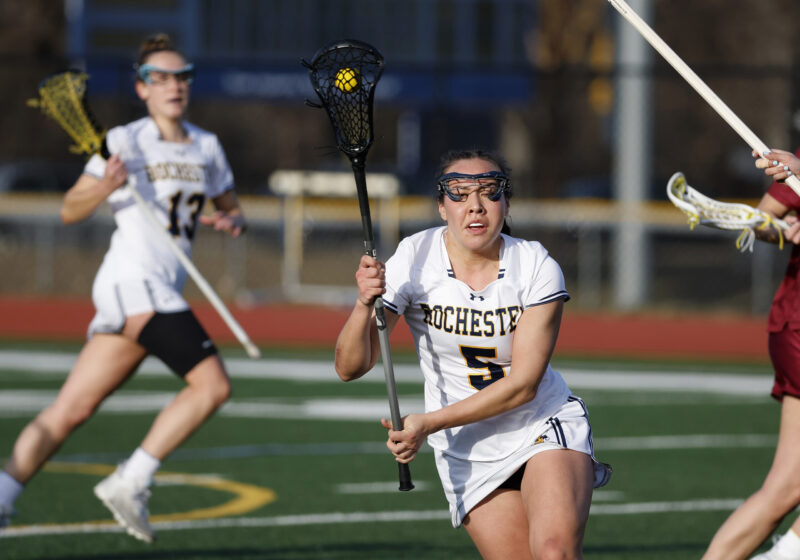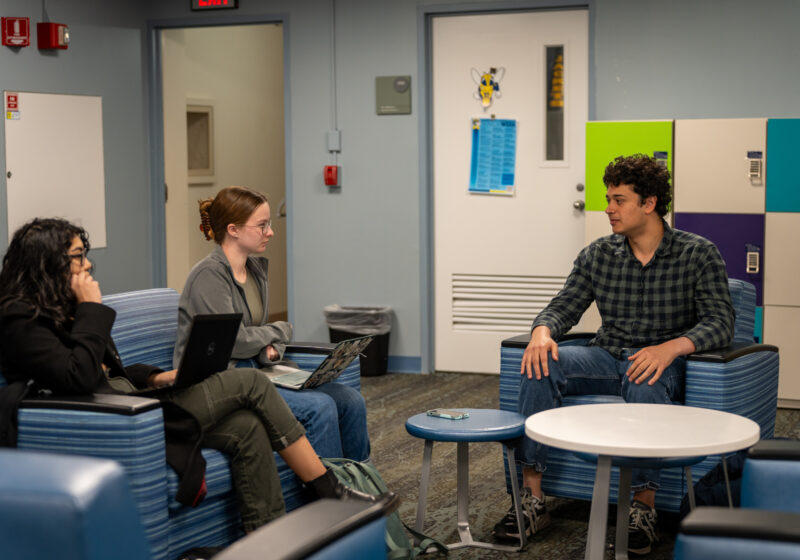One of the reasons why I fell in love with anthropology is because I realized that race isn’t an inherent part of who we are. Through careful socialization, via standardized tests and my parents, I had always known that when asked my race, the appropriate answer was Black/African-American/Non-Hispanic.
But lo and behold, this year as I attempt to “naturalize” myself — either by attempting to lose the weight that I have been hiding behind for so many years or cutting my hair to respect and appreciate the natural curls bestowed to me (in spite of mainstream society’s warped ideas about beauty, particularly Black beauty) — my physical transformation, seems to constantly dismantle my assigned racial category.
For instance, although I was in Ghana to “return home” under the guise of studying abroad, numerous Ghanaians asked if I had relatives who were from Latin America (Colombia, Brazil, etc.).
On the other hand, wearing a kente strip as a scarf while rocking my afro confirmed my status as a Black American.
And occasionally, while wearing my braids and a batik dress, employing the correct tonal pronunciation to say, “How are you?” with my limited Twi, I could even momentarily pass as Ghanaian.
Yet I also found the opportunity to travel to Cairo where both a Starbucks barista and the owner of a Giza Pyramid Tour Company looked at me and swore that I was a Black Egyptian — the latter estimated that I looked 40 percent Egyptian and the only way that people could tell I was a pure tourist were my braids.
But the most interesting moment of racial liminality happened this summer. There was nothing very out of the ordinary on this particular day. Afro? Check. Look halfway decent for work? Check. Nose piercing? Check. And like any other morning, I went to Whole Foods for breakfast.
As I added some syrup to my three sausage links, one of the workers came up to me and said, “¿Cómo estás?”
Now I had no problem understanding what he was asking me. Beyond the fact that living in the United States today requires that you have some limited knowledge of Spanish, I learned the basics of the language in high school. I knew that the appropriate response was, “Estoy bien. Y tú?” But I was in shock. He thought I was Latina. But I thought I was Ghanaian.
And in the split second that I had to politely respond, I immediately wanted to answer him with, “ɛyɛ. Na wo na sɛ?” Instead, confused, I responded to him in English, “I’m sorry,” shrugging my shoulders and walking away in shame that I messed up what could have been a beautiful cultural exchange.
We were both, unfortunately, deceiving ourselves about my ethnicity.
But in this moment, the issue is neither that I couldn’t pass as Latina nor that I really wanted to be Ghanaian.
It begs the question: what is race actually? We associate darker skin with black people, the epicanthic fold with Asians and the lack of these and any other remotely “ethnic” characteristics with white people.
But these associations are completely socially created, made up constructs to organize the chaos that diversity brings.
When will we, as human beings, ever stop compartmentalizing everything?
When will we finally come to terms with our natural racial ambiguity?


